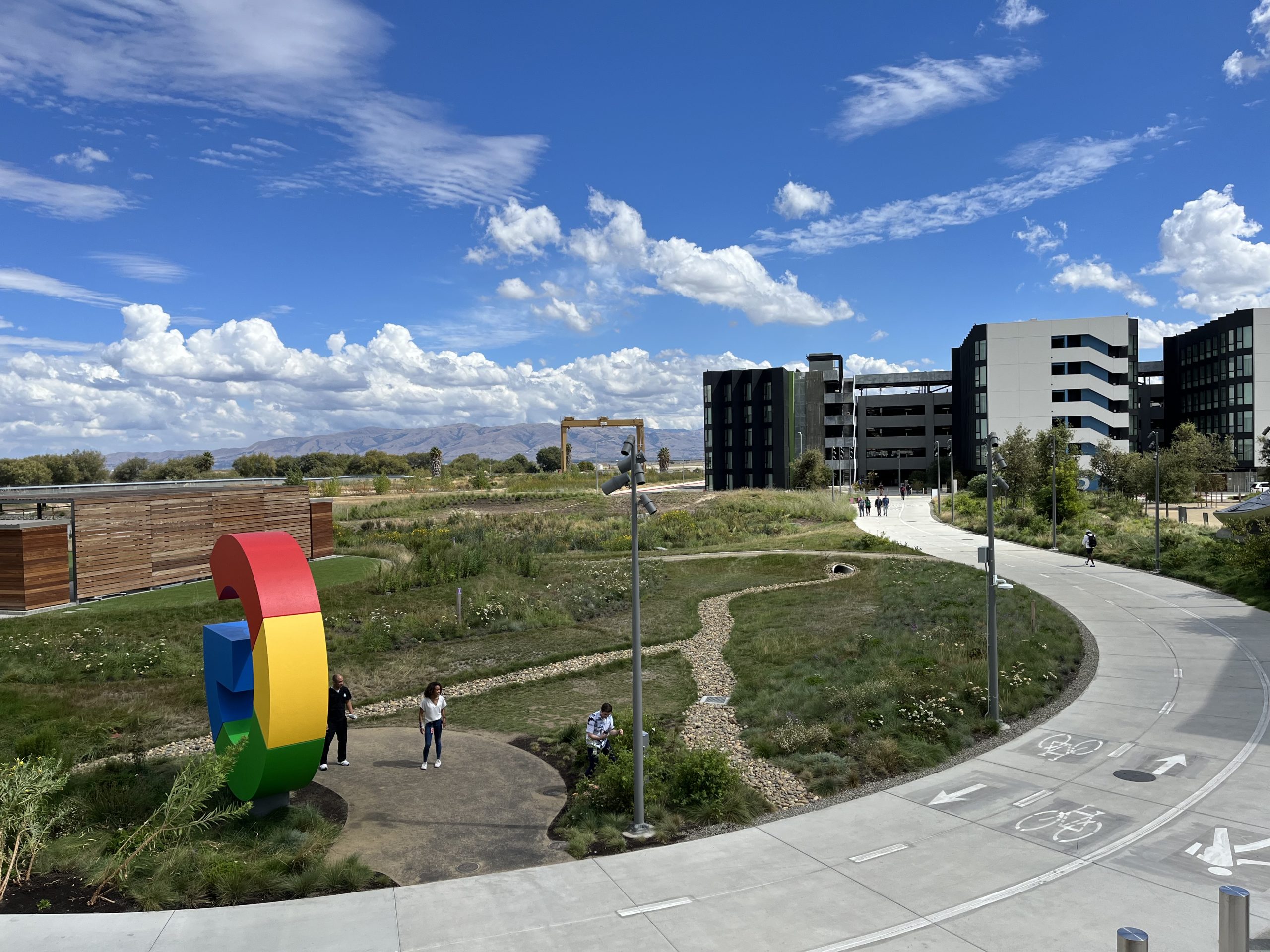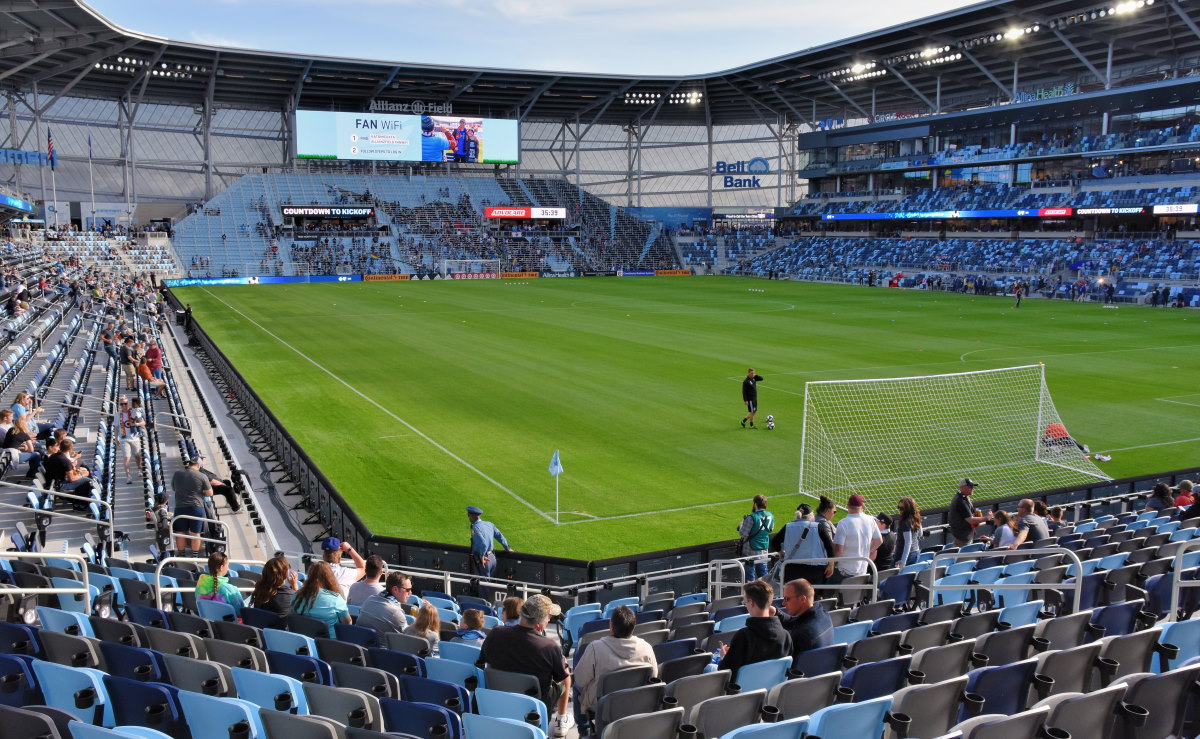by Cora Snyder
Key Takeaways
- Onsite water systems can significantly decrease a development’s water footprint while also contributing multiple benefits to the surrounding community.
- Growing interest in onsite water systems is part of the needed shift from the traditional linear method of water management to a more circular approach.
- Successful implementation of onsite water systems requires new thinking, approaches, and collaboration between stakeholders.
- The Pacific Institute’s “Guide for Developing Onsite Water Systems to Support Regional Water Resilience“ provides comprehensive support to developers in designing, constructing, and operating onsite water systems, and exploring their impact on communities, the environment, and centralized water systems.
Distributed Approaches Can Increase Resilience
Across the United States and the world, communities are facing more severe and frequent extreme weather events. Companies undertaking new development projects are considering ways to make their sites more resilient to disruptions caused by these extreme events. From floods to droughts, fires, heat waves, and super storms, developers are investing in alternative water and energy supplies to better prepare for what’s being referred to as “weather weirdification.”
Many are familiar with distributed strategies for energy— this can include things like rooftop solar panels, solar battery systems, and backup generators. When there’s a storm or other extreme weather event, sites with these systems are better equipped for power outages, ensuring continuity of operations, which makes them more resilient. This kind of distributed approach can also be used for water systems.
How Do Onsite Water Systems Work?

Source: William J. Worthen Foundation 2018
Onsite water systems offer a distributed alternative supply for nonpotable water (i.e., not drinking water). These systems work by:
1. Capturing wastewater, stormwater, and/or rainwater from around a property,
2. Treating that water so it is “fit for purpose” for its next use, and
3. Reusing it to meet non-potable water demands like irrigation, cooling, and toilet flushing.
Onsite water systems can significantly reduce a site’s demand for potable water. For example, outdoor irrigation alone can account for up to half of a site’s total water demand, while toilet and urinal flushing can make up 75% of indoor water use in commercial buildings.
Growing Interest in Onsite Water Systems
Developments with onsite water systems are better equipped to handle prolonged droughts and other water supply disruptions. Onsite water systems can also help reduce pressure on often over-tapped water systems, including the river basins that provide much of the water we use.
By reducing potable water demands, supporting water resilience, and providing other community and environmental benefits, onsite water systems can help companies meet corporate sustainability and social responsibility goals. We are seeing increasing interest in onsite water systems across the United States and beyond. A growing number of companies are incorporating them into new developments ranging from corporate campuses, luxury apartments, sports complexes, and more.
A Circular Approach
Onsite water systems offer a circular approach to water management. In disrupting the more traditional linear approach, these systems require new ways of thinking and new approaches for managing water and wastewater systems. They inspire novel approaches to permitting, monitoring, and other public health protection measures. They also may open up new opportunities and business models for public water managers, while requiring new responsibilities and capacities of private developers.
Addressing these issues requires close collaboration and breaking down silos between developers, water managers, regulators, and others involved in system planning, permitting, design, construction, and operation.
Pacific Institute’s New Onsite Water Systems Guide: Taking a Holistic Perspective
My Pacific Institute colleagues and I recently published a new guide titled “Guide for Developing Onsite Water Systems to Support Regional Water Resilience.” The guide is intended to help developers consider the best ways to design, build, and operate an onsite water system.
The guide was developed based on discussions and insights from a multi-stakeholder working group, the Silicon Valley Onsite Water Reuse Working Group. Individuals representing water agencies, regulators, environmental groups, academics, developers, consultants, and solution provider came together to brainstorm how onsite water systems can best be informed by the local water context and implemented in alignment with public water management goals. They also brainstormed how onsite water systems can help generate economic, environmental, and social benefits for local communities, such as increased water resilience to climate change and other stressors. This group was unique in that it brought together a diverse group of individuals to develop a shared understanding of these issues.

The document builds on existing, high-quality resources in the field, such as the National Blue Ribbon Commission for Onsite Non-potable Water Systems and the William J. Worthen Foundation’s Onsite Reuse Practice Guide. The Pacific Institute guide has a particularly broad focus, going beyond the site boundaries to explore how onsite water systems affect the surrounding communities, the environment, and the existing centralized water and wastewater systems. To achieve this, the guide is structured in a question-and-answer format addressing four parallel questions:
The guide’s ambition is to encourage developers to consider and embrace a more holistic perspective of onsite water systems, and provide the necessary tools, resources, and examples to help them get started. Here are three of the nine real-world examples highlighted in the guide:

The Google Bayview campus in Mountain View, California has onsite graywater and stormwater systems that meet its nonpotable water demands. The system includes nature-based treatment ponds and stormwater catchment basins that are part of a walkable green space.

The Solaire, a luxury apartment building in New York City, uses an onsite water system for flushing toilets, cooling tower make-up, and landscape irrigation. The system offsets the site’s potable water use by 50%. This system also includes heat recovery, resulting in a net energy-neutral onsite water systems operation.

Allianz Field, home to the soccer team Minnesota United FC, contains an onsite water system that captures rainwater and reuses it for laundry, irrigation, and toilet flushing. The site was built by a private developer, is owned and operated by the City of Saint Paul, and is used by the Minnesota United FC soccer club, exemplifying a public-private partnership for onsite water systems.
Explore the full guide at https://pacinst.org/publication/onsiteguide/.


